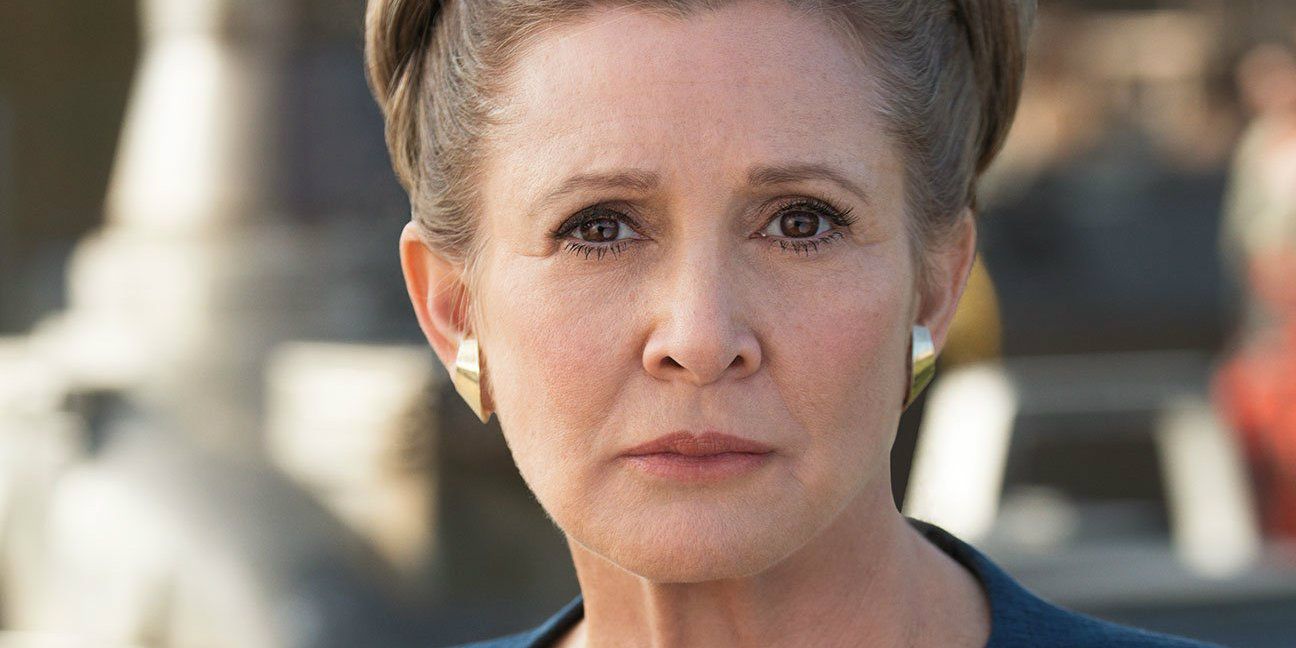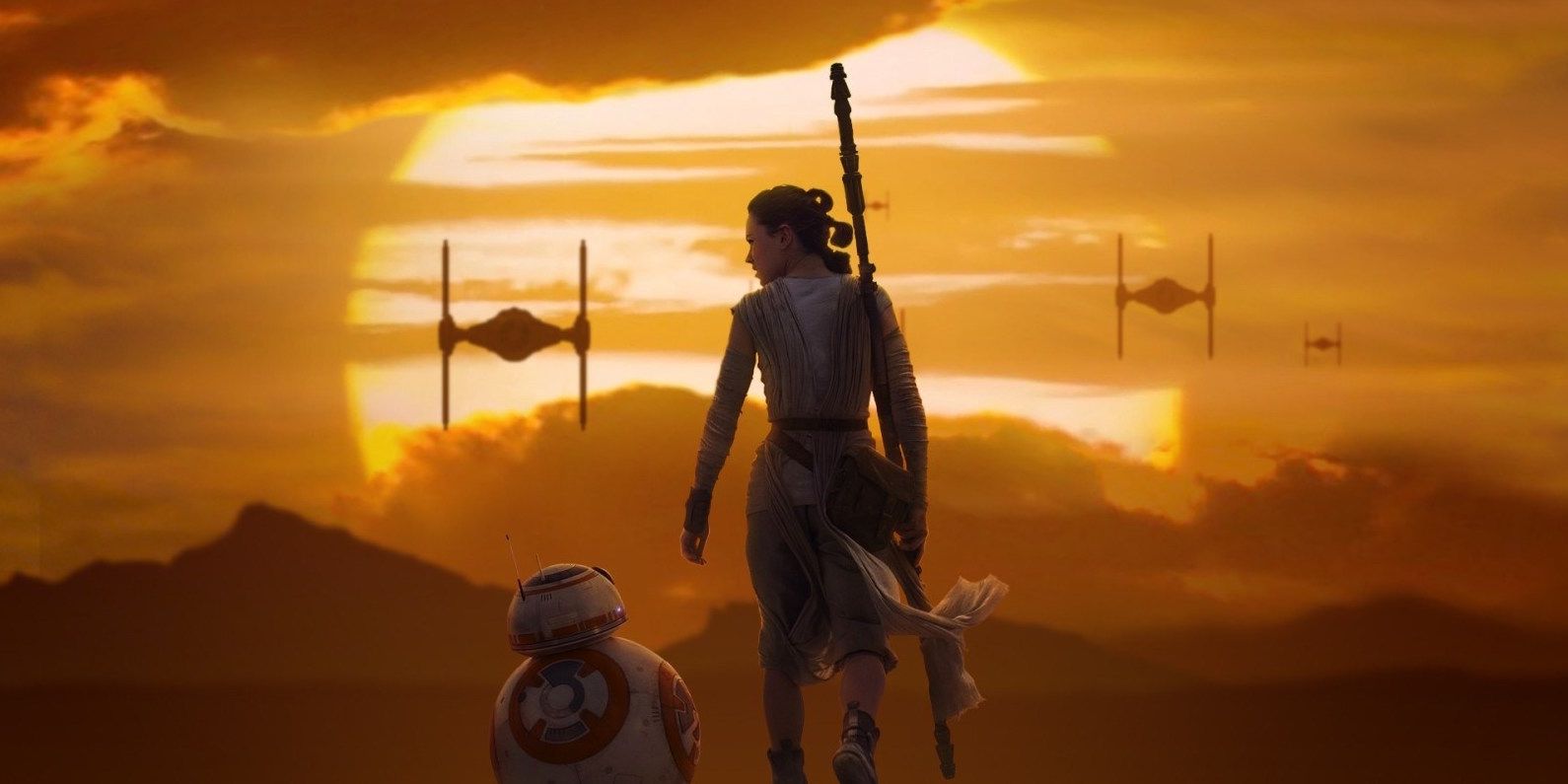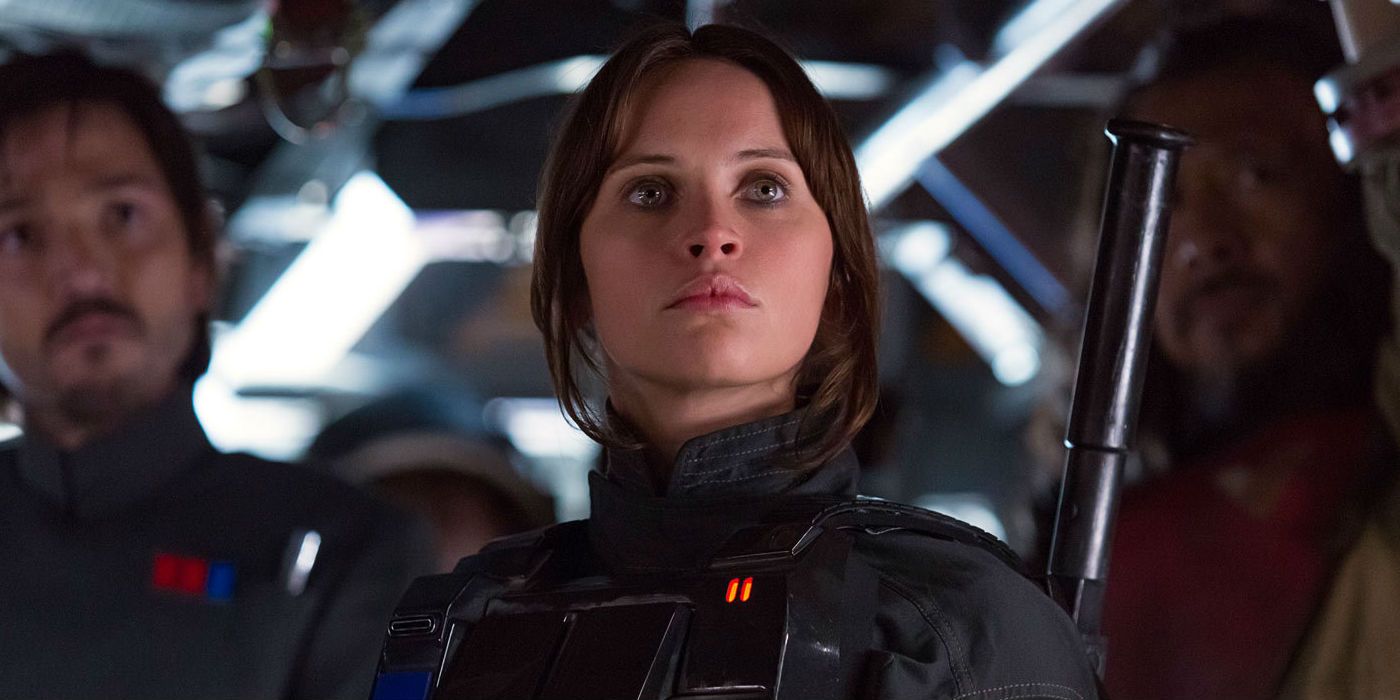Let's face it - it hasn't always been easy being a female Star Wars fan. While characters like the iconic Princess Leia Organa (Carrie Fisher) have served as inspiration for generations of female fans, there's no denying that Star Wars has been lacking in female characters up until very recently. While young boys had a choice of which characters they wanted to play on the playground, young girls had either Leia or Padmé Amidala (Natalie Portman) and that was that. It didn't help that Lucasfilm sidelined their female characters at various points throughout the previous trilogies. Leia was forced into that terrible bikini and kept silent for part of Return of the Jedi (a moment that has since been reclaimed by referring to that costume as Leia's "Hutt-Slayer" gear), and Padmé was fridged in a rather obvious manner at the end of Revenge of the Sith.
Then came a new hope - first in the form of Ahsoka Tano (voiced by Ashley Eckstein), and then as Rey (Daisy Ridley). It came as Sabine Wren (Tiya Sircar), Hera Syndulla (Vanessa Marshall), Asajj Ventress (Nika Futterman), and Jyn Erso (Felicity Jones). Star Wars: The Last Jedi promises us Kelly Marie Tran's Rose, and the untitled Han Solo anthology will bring us characters played by Emilia Clarke, Thandie Newton, and Phoebe Waller-Bridge. Even the main character of the new Battlefront game is a woman, and the canon novels all feature a wide array of fascinating characters - from rebel pilot Norra Wexley to Imperial officer Rae Sloane.
Recently, Star Wars Celebration highlighted the heroines of Star Wars with two separate panels, one fan-led and one featuring celebrity guests. Both panels talked about the importance of women in the genre, and how groundbreaking many of these female characters are. Attendees of Friday's heroine panel also were treated to a look at Star Wars: Forces of Destiny, a new series of animated shorts centered around the female characters, and the actresses in attendance - Ridley, Eckstein, and Sircar - all received their own Adventure Figure versions of their characters. All three spoke about the importance of having female characters who were empowered for young girls to look up too, and how we need to reach a point where it no longer matters whether or not a character is male and female but where everyone has heroes to look up to.
This is not to say that all the female characters who came before Ahsoka and Rey are not strong role models - to say so would be an insult to the first lady of science fiction and to the actress who portrayed her. Leia, and Fisher as well, were role models for young women from the moment Leia snarked at Vader and took control of her own rescue. As Mark Hamill himself said, "she made Skywalker and Solo look like chumps!" Leia was ahead of her time in many ways. She was no wilting flower waiting to be rescued. Instead, she was ferociously bright and spunky, and not willing to put up with any nonsense.
This made the decision to "soften" her in Return of the Jedi all the more painful. Director Richard Marquand called the princess a "b***h" and wanted to make her less abrasive. As a result, Leia's strength is slightly dimmed, and in no way is that more obvious than the Jabba scenes. Thankfully, she has been rightfully avenged in both Star Wars: The Force Awakens, where she emerges once more a powerful military leader, and in Bloodline, a canon novel that focuses on Leia the senator and political powerhouse, rather than Leia the wife or mother.
Just as Leia was a woman and a hero, Rey is also a heroine not defined by gender. She simply is a hero, first and foremost. There is no gendered trauma in her past, no comment about how she's only good at fighting because she had brothers, no damsel-ing or need to be rescued. While her competence attracted criticisms that the character was a Mary Sue, Ridley neatly handled those comments, countering:
“Everyone was saying that Luke had the exact same [capabilities]. I think Rey is incredibly vulnerable, and nothing she’s doing is for the greater good. She’s just doing what she thinks is the right thing. And she doesn’t want to do some of it, but she feels compelled to do it. So for me, I was just confused.”
A few Mary Sue comments were also thrown around when the first trailers for Rogue One: A Star Wars Story arrived, this time directed at outlaw and reluctant rebel Jyn Erso, though the film itself proved to be more about teamwork than any one hero accomplishing everything by herself.
The Star Wars franchise has also featured pioneering work by female creatives since the very beginning. George Lucas' wife, Marcia Lucas, won an Academy Award as the editor of A New Hope. Without Lucas, the film would not have been what it was. She is the mother of Star Wars, in a way. Then there's Fisher, whose career as a much sought-after Hollywood script doctor began with the changes she made to dialogue in her Star Wars scripts - something she continued doing right up until her final film, The Last Jedi, whose director Rian Johnson described her as "a brilliant writer with an incredible mind." Now, we have women running the show at Lucasfilm, from Kathleen Kennedy to Kiri Hart. Women have always been vital behind the scenes, so it's only right that they should reign on screen as well.
This is not to say that Lucasfilm's brand of feminism is perfect. All the leading female characters have a tendency to look alike, even though only Padmé and Leia are actually related. Tran and Newton are steps in the direction of greater diversity, but it would also help if these women weren't so vastly outnumbered by men. The movie franchise also has yet to employ a female director, with Kennedy claiming that it's difficult to find a woman with the necessary experience - though Colin Trevorrow (Star Wars: Episode IX), Gareth Edwards (Rogue One) and Rian Johnson (The Last Jedi) were all plucked from relative obscurity, with Trevorrow and Edwards having directed just two feature films apiece before joining the Star Wars team.
While there still plenty of criticisms to be made about Star Wars' inclusion of female creatives and characters, it definitely looks as though the franchise is taking steps in the right direction. We can only hope Lucasfilm continues to travel down this promising path and provide representation for all their fans - not just a select few. Star Wars is a story beloved by all; it's only natural the stories should reflect that. Let Rey be the dawn of a new era of female characters in a galaxy far, far away, not the exception to the rule.



